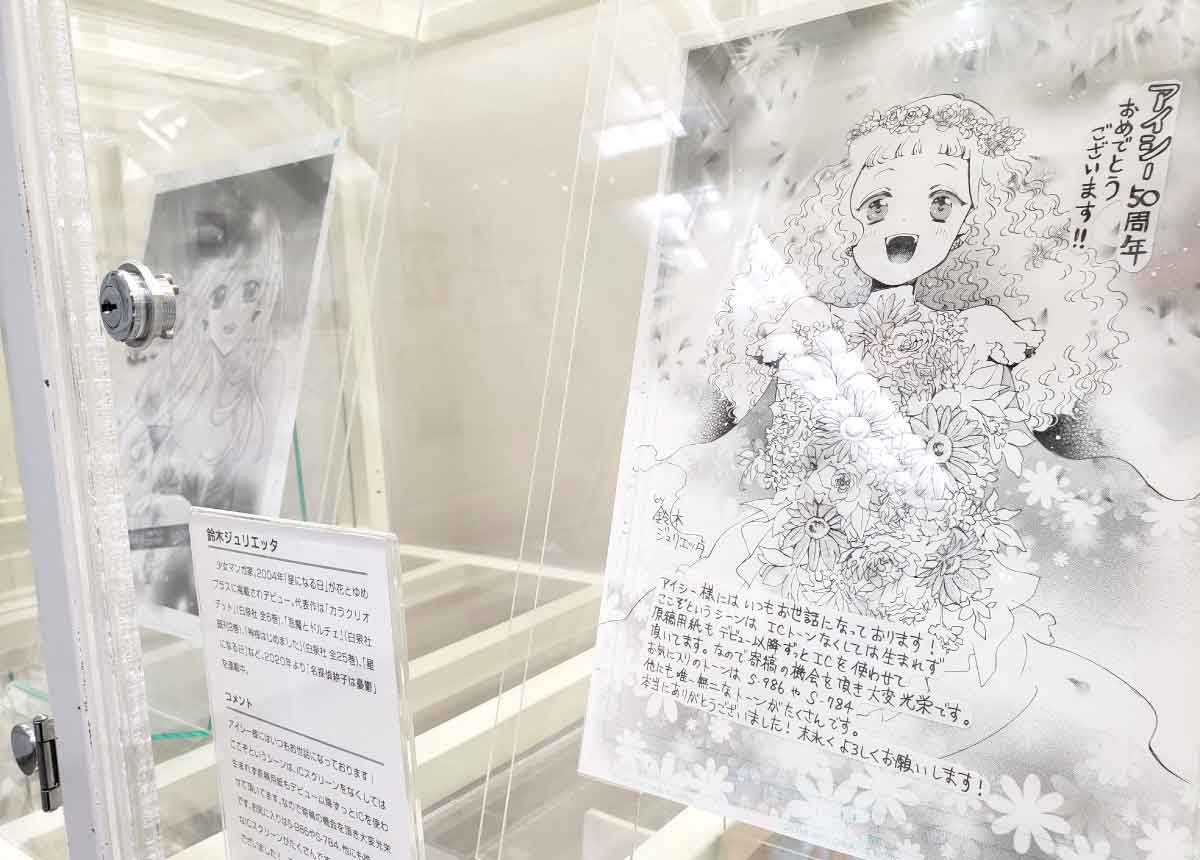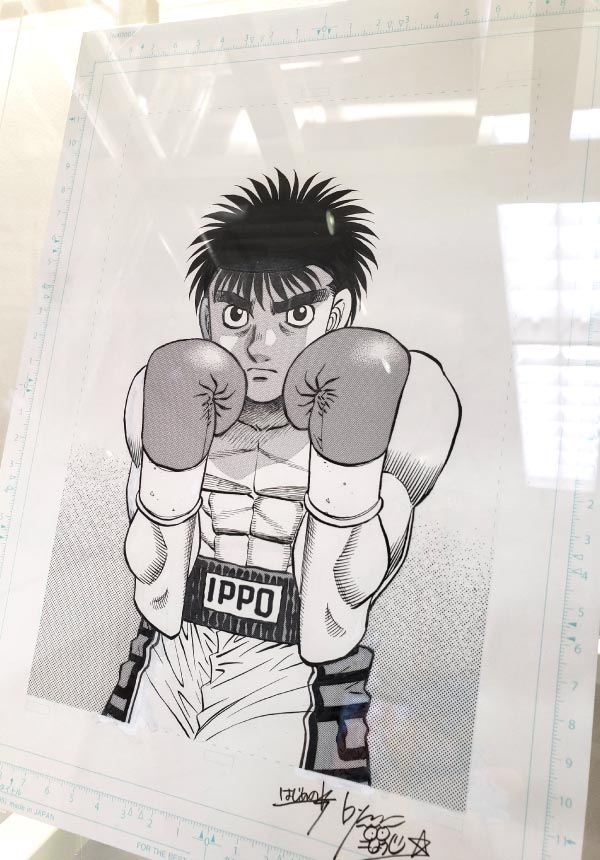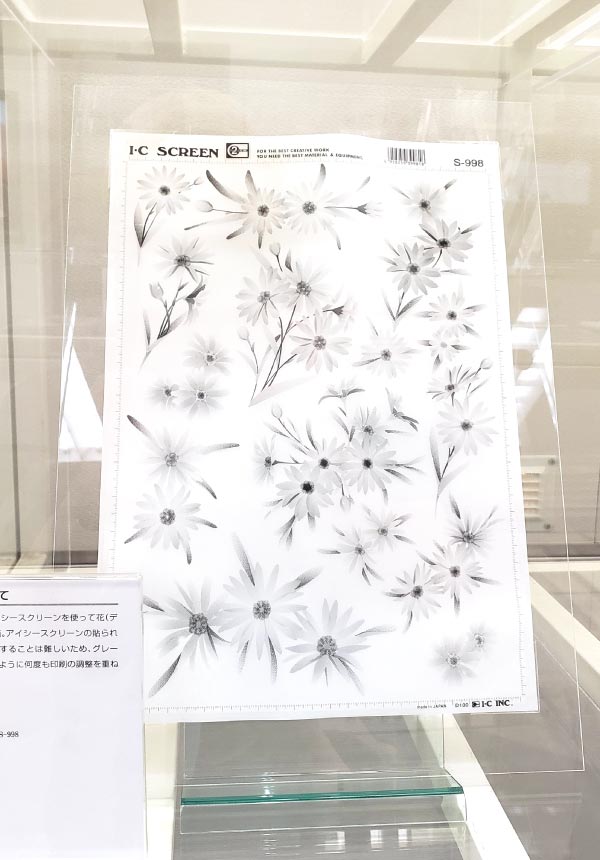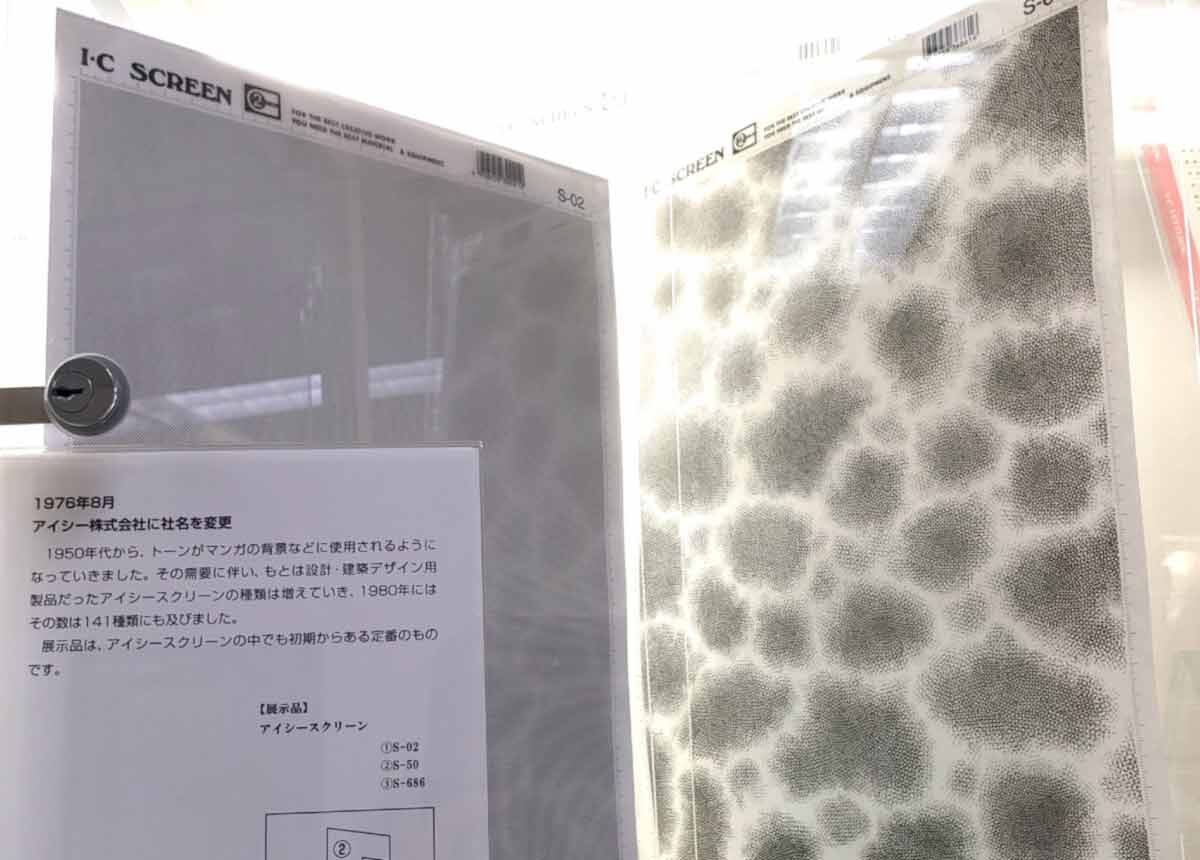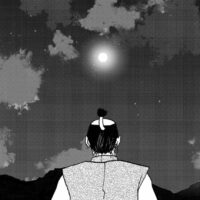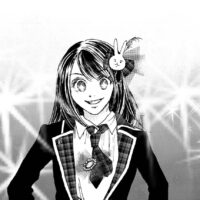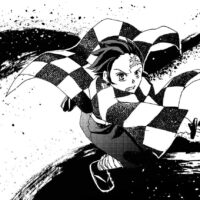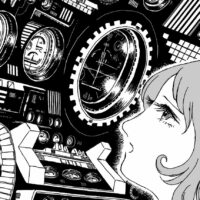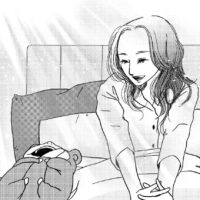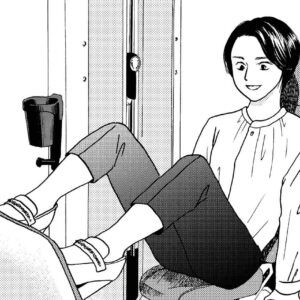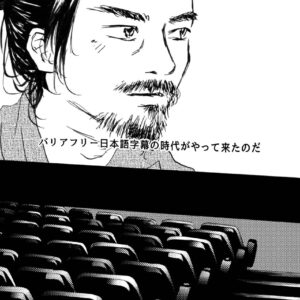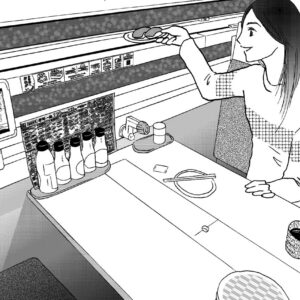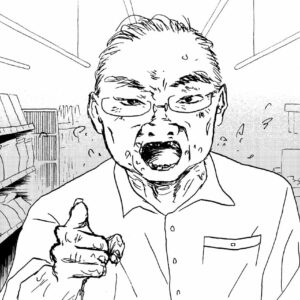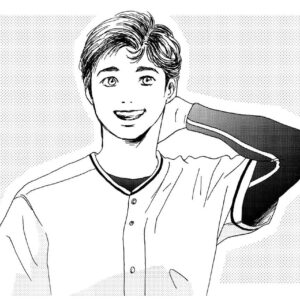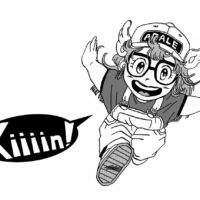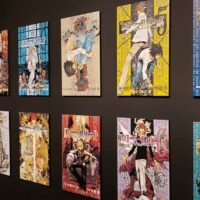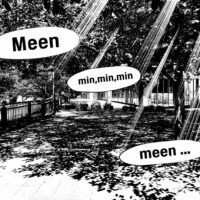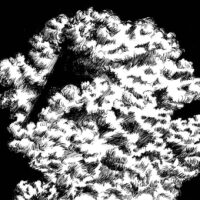Do you know what a Screentone is? It was a trademark for art materials created by the British company Letraset. In Japan, the term has long been used to refer to all sticker-like sheet art materials used in Manga. It is a series of evenly spaced dots or patterns. It is used to add texture and shading to a picture.
Originally a product for design and architectural design, it began to be used for backgrounds in Manga around 1950. When developed in Japan, the tone was expensive and the adhesive was too strong, but improvements were later made and products with various patterns were released by various brands, reaching a peak around 1995.
The prosperity of Manga and the development of tone are inseparable. One of the reasons for the development of Manga in Japan is the large population that draws it. Besides those who want to become manga artists in the future, some draw it as a hobby (and that too very generally). They are self-published and sold at the immediate sale. In Japan, such sales events dedicated to self-publishing are held regularly throughout the country. The most famous is the Comic Market. Tone sales companies had developed and marketed new patterns to coincide with the Comic Market and have been diligent in their publicity activities. The development of tones has been supported by many manga artists, both professional and amateur until manga production shifted to digital.
Since the late 2010s, more and more people have been using computers to draw comics. The process of applying “tones” to pictures is now also done by manga production software.There is no need to buy large quantities of tones that cost more than 400 yen ($2.7) per pattern anymore. Now, copy and paste and batch paste are free. You can also create your patterns. If you make a mistake, you can go back to one previous operation. And it doesn’t cost money.
Today, people who draw manga in analog are in the minority. I am attaching an image of a Screentone applied to a paper manuscript. This was displayed at an event of a Screentone sales company. There used to be a virtuosity of sharpening techniques and combinations in limited patterns.
